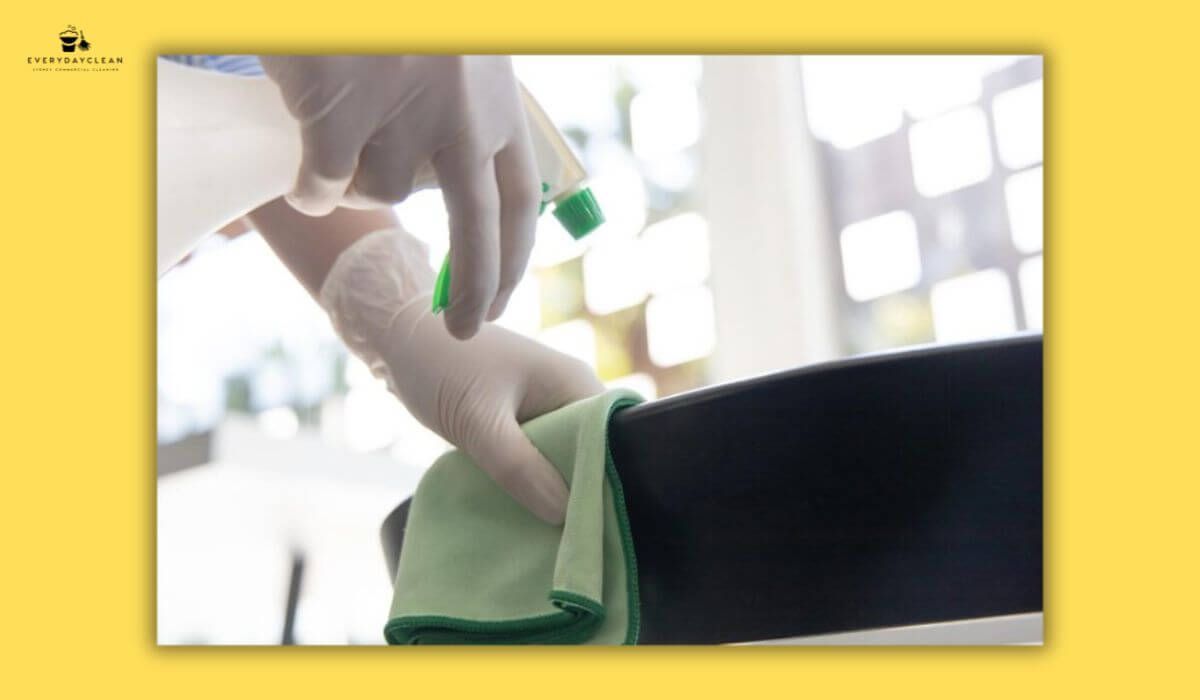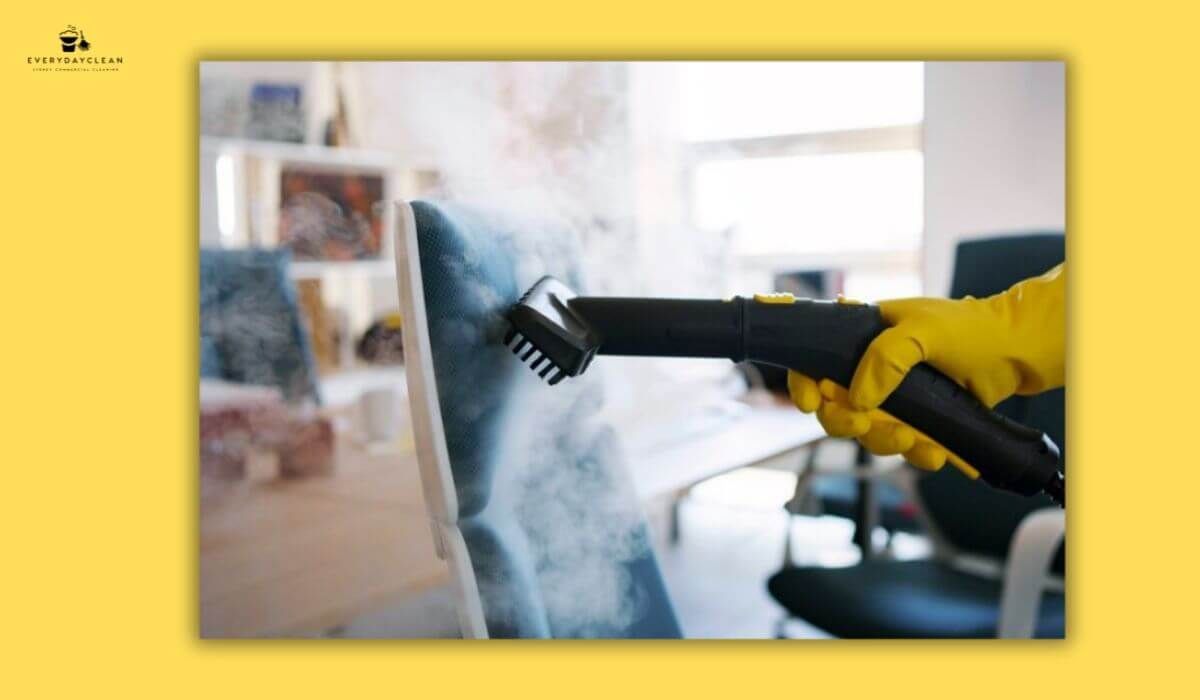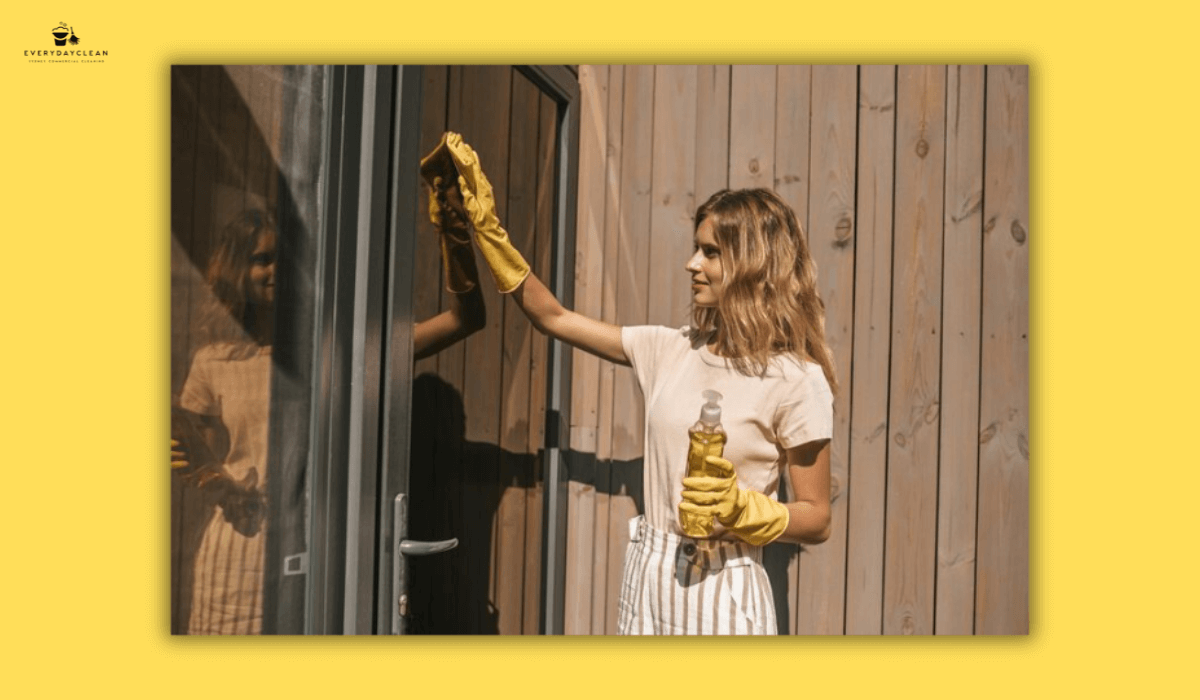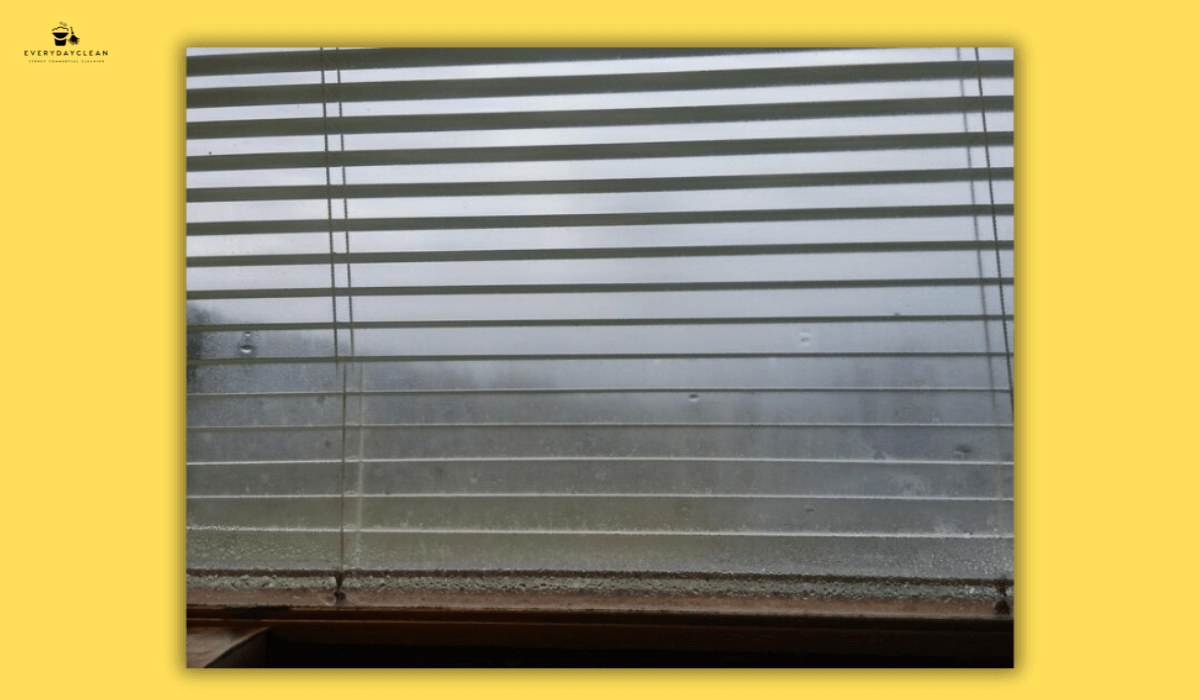10‑Steps Clinic Waiting Area Cleaning Checklist & Protocols
Clinic waiting area cleaning involves a structured checklist of daily cleaning and disinfection tasks designed to keep healthcare reception areas visibly clean, compliant with Australian standards, and ready for audits. As patient-facing areas, these spaces require more than general tidying — they demand consistent, documented protocols — often delivered by professional medical cleaning services familiar with Australian healthcare compliance.
This article provides a complete daily cleaning checklist for clinic waiting rooms, including required equipment, product usage, and scheduling based on compliance with NSQHS Standard 3 and commercial cleaning best practices. It is written for practice managers, facilities teams, and cleaning contractors working in GP clinics, dental centres, and allied health settings.
Complete Clinic Waiting Area Cleaning with 10-Step Checklist
The following checklist aligns with real-world Australian clinic requirements. It is designed to be used as part of a daily routine and adapted for peak times, high-risk seasons, and accreditation audits.
1. Prepare for Cleaning
Before you begin cleaning:
- Post visible “Cleaning in Progress” signage.
- Wear required PPE (gloves, masks, eyewear as per SDS).
- Open windows or ensure mechanical ventilation is active.
2. Remove Surface Clutter and Waste
- Empty general and clinical waste bins.
- Remove used tissues, magazines, and non-essential items.
- Shift furniture as needed to expose full surface areas.
3. Clean High-Touch Surfaces With Detergent
- Door handles, armrests, EFTPOS machines, pens.
- Tabletops, counters, check-in kiosks, rails.
- Use a damp colour-coded microfibre cloth and neutral detergent.
4. Apply Disinfectant (As Required)
- Use
TGA-registered hospital-grade disinfectants.
- Apply after cleaning; leave wet for full label contact time.
- Do not wipe dry before the contact time is complete.
5. Clean and Disinfect Seating
- Vinyl chairs: Wipe with detergent, then disinfect.
- Fabric chairs: Use fabric-compatible disinfectant or steam; allow to dry fully.
- Chairs should be fully dry before reuse, as part of broader office cleaning safety tips that reduce microbial spread.
- Replace soft furnishings where effective disinfection is not possible.
6. Clean the Floors
- Vacuum with sealed
HEPA-filter equipment.
- Mop using a neutral detergent or dual-action product.
- Use separate mop heads for different zones (colour-coded).
7. Manage Shared Items (Toys, Brochures)
- Clean and disinfect hard toys after each use.
- Remove soft toys and difficult-to-sanitise items—similar to disinfection procedures used in childcare cleaning—to help reduce transmission risks, especially in high-contact areas.
- Store patient-accessible items in easy-to-clean containers.
8. Refill Hygiene Stations
- Top up hand sanitiser, tissues, and lined bins.
- Check that no-touch bins are functioning and clean.
- Wipe dispensers and nearby surfaces.
9. Reprocess Cleaning Tools and Waste
- Bag used cloths and mop heads for laundering.
- Safely dispose of wipes, gloves, and liners.
- Restock supplies for the next shift.
10. Document Cleaning and Display Timestamp
- Sign off on the area cleaning checklist.
- Log the cleaning in digital or paper records.
- Display visible timestamp signage if required.

Frequency & Scheduling
To meet compliance expectations, your clinic cleaning schedule should follow a defined frequency matrix. Below is a sample for daily operations:
| Cleaning Task | Recommended Frequency |
|---|---|
| High-touch surface wipe-down | 2–3 times daily |
| General surface cleaning | Once daily minimum |
| End-of-day deep clean | Daily, post-operating hours |
| Spill response | Immediately upon occurrence |
| Toy disinfection | After each use, or remove entirely |
| Terminal cleaning | After outbreaks or IPC alerts |
This matrix should be tailored to your clinic’s traffic, layout, and risk profile.
Products and Equipment to Use
When performing waiting room cleaning, ensure all products and tools are compliant with Australian cleaning regulations:
- TGA-listed hospital-grade disinfectants
- Neutral-pH detergent for general cleaning
- Colour-coded microfibre cloths (to prevent cross-contamination)
- Sealed HEPA vacuum for dust and allergen removal
- Mop systems with replaceable heads per area zone
- Steam cleaners for fabric chairs (if allowed)
Always follow the Safety Data Sheets (SDS) and label directions for dilution, application, and PPE.

FAQs: Clinic Waiting Area Cleaning
To help clinic managers and cleaning teams implement best practices, here are answers to the most searched questions, based on query analysis.
How often should clinic waiting rooms be cleaned?
Waiting rooms in clinics should be cleaned at least once daily, with high-touch surfaces (e.g., handles, counters, kiosks) disinfected multiple times during open hours. During flu season or times of increased patient traffic, cleaning frequency should be increased to hourly or after each patient group. Any spills or suspected contamination should trigger an immediate clean and disinfection, with documentation for compliance.
What products are compliant for use in Australian healthcare facilities?
Use only TGA-registered hospital-grade disinfectants, which are approved for healthcare settings and listed on the Australian Register of Therapeutic Goods (ARTG). Avoid using domestic or general commercial cleaners that do not specify hospital-grade performance. Always verify contact times, use PPE, and follow label instructions for safe and effective results.
Can fabric chairs be used in clinic waiting areas?
Yes, but fabric seating poses cleaning challenges. Use fabric-compatible disinfectants or steam cleaning equipment, and allow chairs to fully dry before reuse. However, most modern clinics now invest in vinyl or polyurethane chairs, which are easier to disinfect between uses and maintain compliance more efficiently.
Are wipes or cloths better for surface cleaning?
Both methods are effective if used correctly. Pre-saturated disinfectant wipes offer convenience and ensure correct dosage, but are disposable. Microfibre cloths are reusable and more sustainable, but must be colour-coded and laundered properly. Choose based on surface type, cleaning frequency, and staff training.
What should be included in a clinic cleaning policy?
A complete clinic cleaning policy should include:
- Defined daily, ad-hoc, and outbreak cleaning tasks
- Product list with SDS and contact time documentation
- PPE and waste disposal procedures
- Cleaning logs and timestamp forms
- Spill response protocols
- Equipment reprocessing steps
This policy should align with NSQHS Standard 3 and be reviewed yearly.
Need a Trusted Cleaning Partner?
Everyday Clean provides fully compliant, healthcare-grade commercial cleaning services for clinics across Sydney. Our trained staff use TGA-approved products, follow traceable cleaning protocols, and deliver visible results that support both patient trust and regulatory compliance.
Author: Everyday Clean Content Team
Everyday Clean is Sydney’s trusted provider of commercial cleaning solutions, including pools, gyms, offices, and strata properties. Our licensed professionals use advanced, eco-friendly equipment to deliver safe, compliant, and spotless results. With deep


